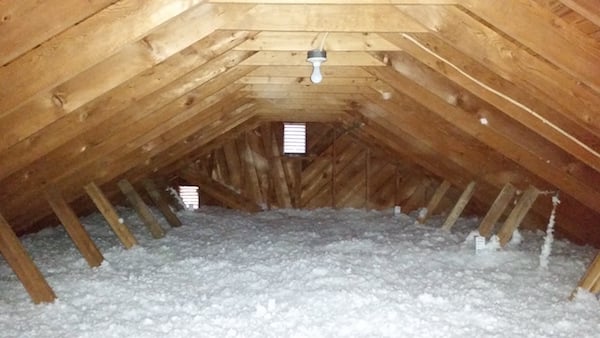
Insulating systems are designed to control moisture, reduce the movement of heat, and ensure proper ventilation. Among the most important home insulators is in the attic. Whether you choose to add a barrier of foam, fiberglass, or a spray foam insulation, attic insulation will do wonders in helping control long term energy costs. The trick is knowing how much you need and what material you should use, rather than whether or not you need it.
Do You Have Proper Attic Insulation?
If you or your contractor are looking around and see minimal insulation, you might want to consider how much energy is being lost for little reason. Take a look. The first thing to do is head up those attic stairs, or up the ladder, and see what’s up there. Do you see fiberglass strips between the rafters and joists? Is your attic finished or are the rafters open and exposed? Is the ceiling finished or similarly open and exposed? Even if your attic does have insulation, what kind is it and how much is there? Equally important, does it look water damaged? If it does, it is causing more problems than it fixes.
Types of Insulation
The four most commonly used kinds of insulation are fiberglass batts (strips), blown-in loose fiberglass, foam strips, and spray foam.
- Fiberglass is easy to spot. Typically it is yellow or pink and looks a bit like cotton candy. If it is in batts, it will be trapped inside thick paper, otherwise it might be blown or stuffed between walls. Fiberglass offers the most ventilation, though it is not as good an insulator as foam.
- Spray foam is a hardened foam that looks exactly as it sounds – like foam that was once liquid but has solidified in the cracks and seeped in to fill every hole. If you need to seal up a room, this is the way to do it. Depending on the size of your attic, costs will vary from the average.
- Standard foam is cut into strips, much like fiberglass batts, and is similarly laid in between the rafters. This allows ventilation between the cracks while also the insulation of foam.
Ready to start your Insulation?
Find ProsNo one of these is right for every home, which is why an attic insulation contractor is essential in determining how much and what kind you need. Otherwise you end up with excess moisture and stale air, or a drafty home. The most recent movement in insulation is the far more environmental-friendly cellulose insulation – recycled newspaper that is shredded, packed into strips and treated in fire retardant. Cellulose insulation easily rivals fiberglass and threatens to replace it.
Finding the Right Attic Insulation Contractor
Usually, without the help of an expert, you simply won’t know how much insulation is enough. It’s a difficult balance, which is why there is a construction specialty in insulation contracting. With the demands differing from climate to climate, and home to home, it is hard to know what is adequate. If you are unsure, if you find your home to be drafty, or the air to be stuffy or stale, or if you notice mold in your attic or see spots on your ceiling and suspect it might be from moisture buildup, call a professional.
Attic insulation is one of those home maintenance tasks that is too often overlooked. But it contributes to the quality of your air, the price of your energy bills, your impact on the environment, and your own health and quality of life. If you suspect you might need more insulation, less, or a different kind, it is important to get a professional opinion. The difference will surprise you.
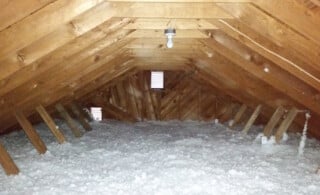 Roof Insulation Captures Escaping Energy
Roof Insulation Captures Escaping Energy 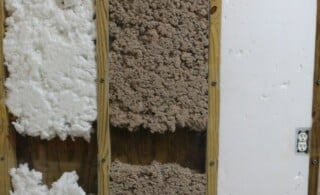 Fiberglass Insulation: A Simple Energy Saver
Fiberglass Insulation: A Simple Energy Saver 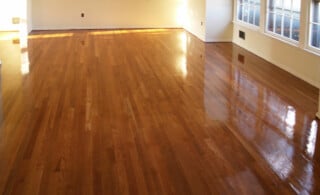 Insulating a Wood Floor
Insulating a Wood Floor 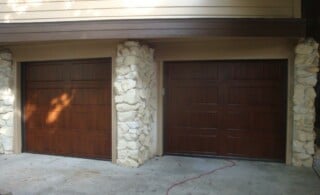 Protect Your Garage With Garage Door Insulation
Protect Your Garage With Garage Door Insulation 

Are You Familiar With This Topic? Share Your Experience.